Description
Contains: Dry Powder Florida Cranberry, Approximate harvest is August to November
This IS available Dry year round while supplies last.
Order FRESH on the website HERE:FRESH Florida Cranberry
If you want to be on the preorder do this via email us at sales@4leafmicros.com
Roselle shrubs are comprised of dark green leaves with red stems, seasonal white flowers, and seed pods enclosed in an edible, fleshy calyx, averaging 2 to 3 centimeters in diameter. Each calyx has an unusual bulbous base tapering into a narrow top, made up of sepals and slender pointed bracts. The dark red to maroon calyx is also typically separated into five sections, showcasing a waxy, semi-smooth, and glossy appearance when closed. Inside of the calyx is the developing green-white seed pod. As the seedpod matures, the calyx peels back, allowing the pod to dry and split open to disperse the seeds. Roselle calyces are the most consumed portion of the shrub and bear a tender, plump, aqueous, and crisp texture with a sweet-tart, subtly acidic, and fruity flavor reminiscent of cranberries, rhubarb, and red currants. In addition to the calyces, the young green leaves are also edible and have a mild, green, and vegetal taste.
Seasons/Availability
Roselle is available fresh in the summer through fall. Dried Roselle is available year-round.
Current Facts
Roselle, botanically classified as Hibiscus sabdariffa, is a descriptor primarily used for the edible red calyces of a tropical shrub belonging to the Malvaceae family. The ornamental shrub can reach 1 to 2 meters in height and thrives in tropical to subtropical climates worldwide, where it is known by many names, including Jamaican sorrel, Red sorrel, Flor de Jamaica, Rosella fruit, and the Florida cranberry. Roselle calyces have been used since ancient times as a natural dye, medicinal aid, and culinary ingredient. The shrub is highly valued among home gardeners for its colorful, ornamental nature, and the edible leaves and calyces are incorporated into a wide variety of raw and cooked preparations.
Nutritional Value
Roselle is a good source of anthocyanins, the colored pigments found within the calyces that provide antioxidant-like properties. The calyces also are a source of vitamin C to strengthen the immune system, calcium to protect bones and teeth, iron to develop the protein hemoglobin to transport oxygen in the bloodstream, and lower amounts of riboflavin, organic acids, and niacin. In natural medicines, Roselle is ingested as a natural diuretic and is steeped into teas to soothe sore throats and coughs.
Applications
Roselle has a sweet, subtly tangy flavor and tender texture well suited for both raw and cooked preparations. Fresh calyces can be tossed into salads, chopped into fruit bowls, stuffed with cheeses, or separated and sprinkled over appetizer platters with dips and baked cheeses such as brie. Roselle is also highly favored for its tart undertones, simmered with sugar to make jams, jellies, syrups, sauces, and chutney. In Europe, Roselle is a popular syrup flavoring utilized in baked goods, desserts, pancakes, and beverages. Roselle can also be used to flavor ice cream, puddings, and custards, and the dark red liquid produced from the calyces acts as a natural dye for drinks, batters, dough, and icing. In Southeast Asia, Roselle calyces are cooked into curries and soups, and they are sometimes used to add a sweet-tart taste to the Filipino poultry dish tinola. The calyces are also infused into carbonated beverages, teas, and cocktails. Beyond the calyces, Roselle leaves are edible when young and are used similarly to spinach, steamed, stir-fried, or sauteed for dals, salads, and soups. Roselle pairs well with spices such as cinnamon, nutmeg, clove, allspice, and ginger, fruits including apples, grapes, watermelon, pineapple, lemon, and orange, mint, vanilla, maple syrup, and honey. Fresh Roselle calyces have a short shelf life and will only keep 1 to 7 days stored in the refrigerator. It is recommended to consume fresh calyces as quickly as possible for the best quality and flavor. Roselle can also be dried for extended use. Dried Roselle is the most common form found in commercial markets.
Ethnic/Cultural Info
Roselle is traditionally known worldwide as a flavoring and coloring for beverages, including cocktails, punches, teas, sodas, and juices. The dark red calyces contribute a deep, rich hue when steeped in liquid and provide sweet and tangy berry and citrus nuances. Roselle has been infused into beverages since ancient times, and as the shrubs have expanded in cultivation throughout tropical and subtropical regions, the red beverage has also spread worldwide. In West Africa, drinks made with Roselle are known as bissap. The crimson beverage is the national drink of Senegal and is consumed as an everyday drink. Bissap generally consists of Roselle calyces steeped in boiling water with sugar. The drink can also be spiced with allspice, orange peels, ginger, cinnamon, or cloves, and various types of alcohol, depending on the season and occasion. In the Caribbean, Roselle is a favored ingredient for Christmas specialty punches, boiled with sugar and steeped to create a warm, sweet, and tangy flavor. Historically, Roselle was only available during Christmas in the Caribbean, developing a reputation as a favored seasonal ingredient. In the modern-day, the shrubs can be found year-round, but the red calyces have remained a treasured ingredient to create boozy punches filled with warm spices and cranberry-like undertones.
Geography/History
Roselle is believed by experts to be native to India and Malaysia, growing wild since ancient times. The bushy shrub was introduced to Africa in the early ages, leading some scientists to hypothesize that Africa may be a secondary area of origin. Over time, Roselle has been naturalized and planted around the world and grows well in tropical to subtropical regions with a warm, frost-free climate. The plant was first recorded in scientific studies in 1576, and later during the African slave trade in the 17th and 18th centuries, the seeds were carried to the New World, where they were planted throughout the Caribbean, Florida, Central, and South America. Thailand and China are the largest commercial producers of the calyces, and the red protective bracts are also grown in Malaysia, Mexico, Jamaica, Egypt, Nigeria, Senegal, and Sudan for domestic use. Today Roselle is cultivated worldwide for its edible green leaves and calyces, and the fresh calyces are sold through local markets and specialty distributors. The calyces can also be dried for extended use.
****LOCAL PICK UP OR DELIVERY ONLY WE DO NOT SHIP THIS ITEM****sales@4leafmicros.com

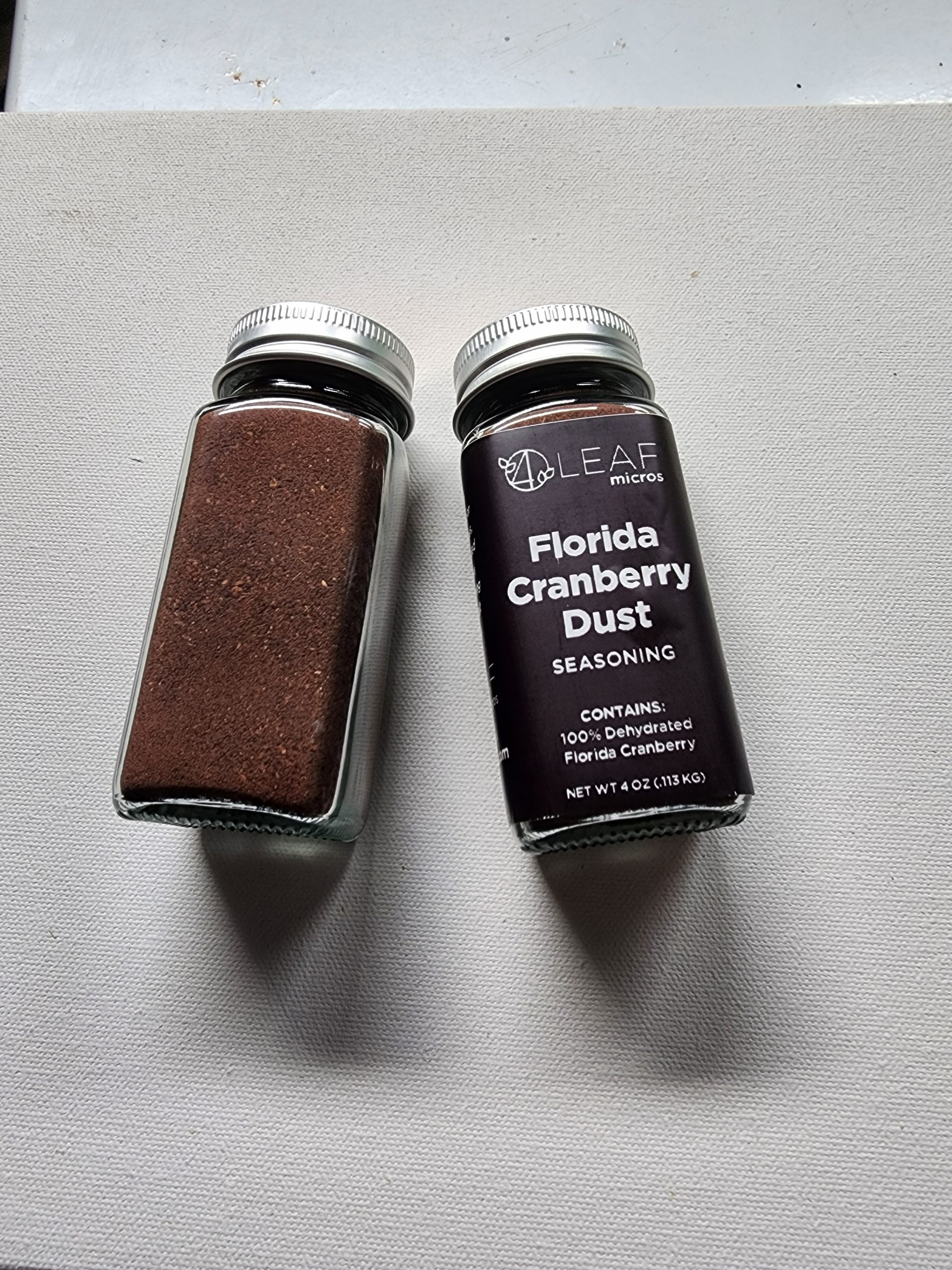

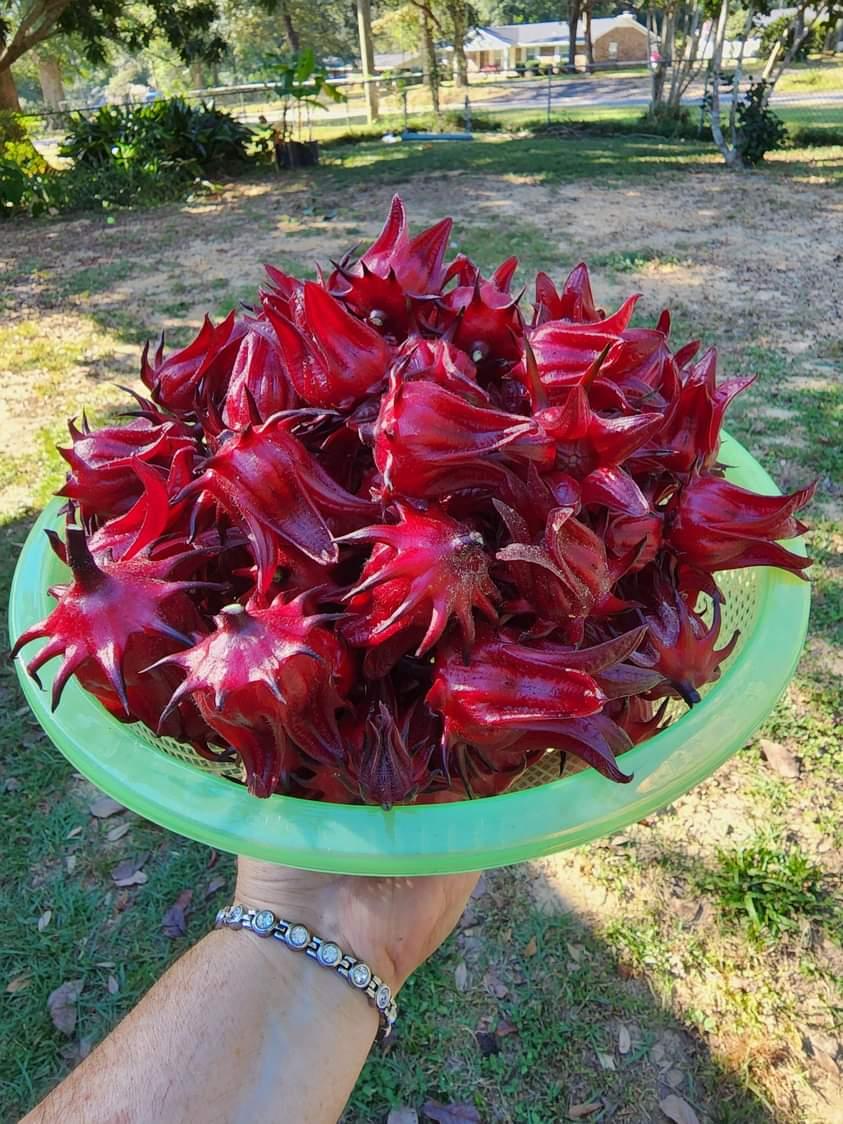

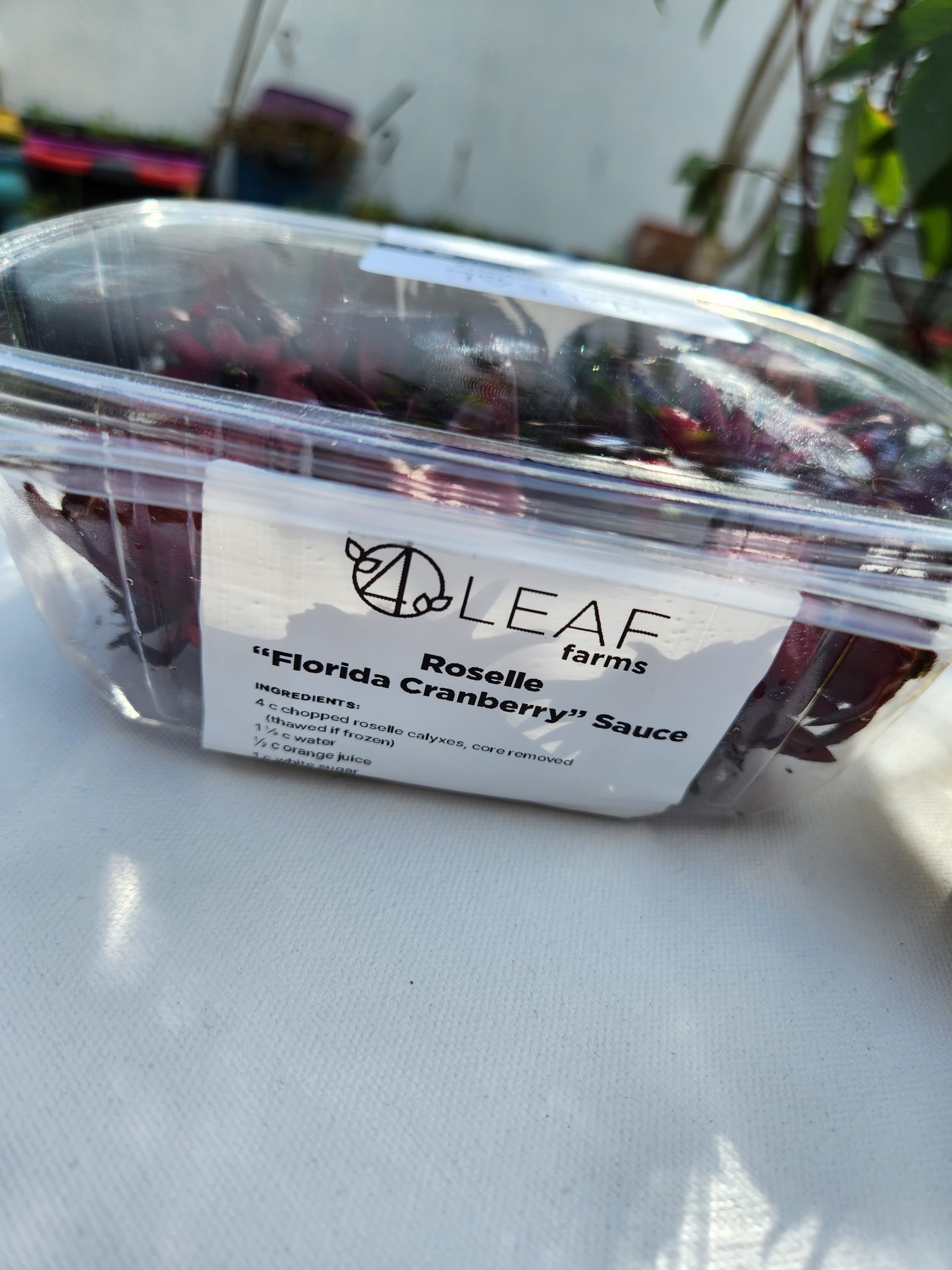
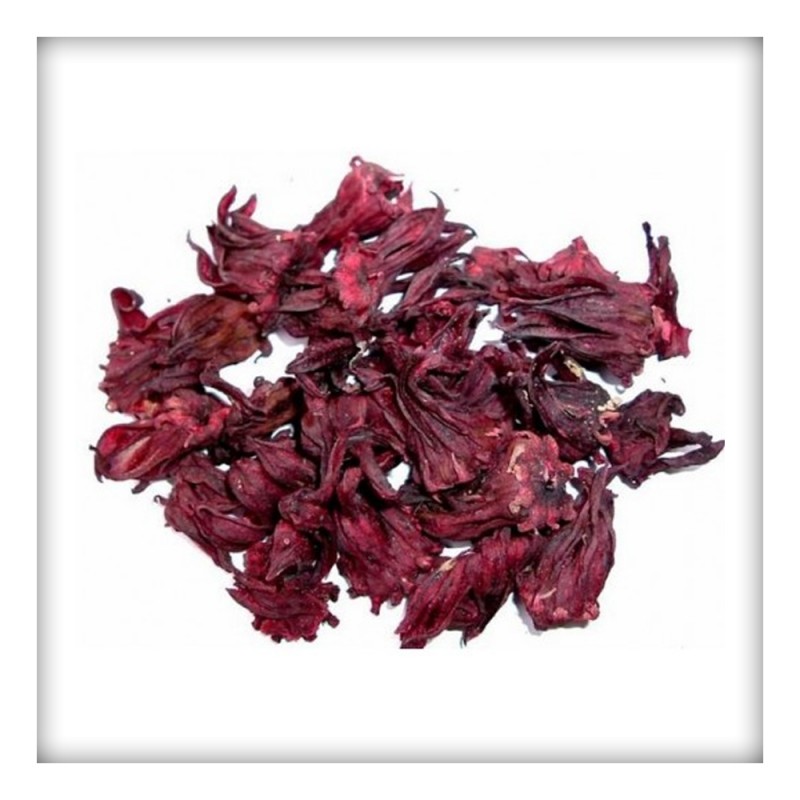
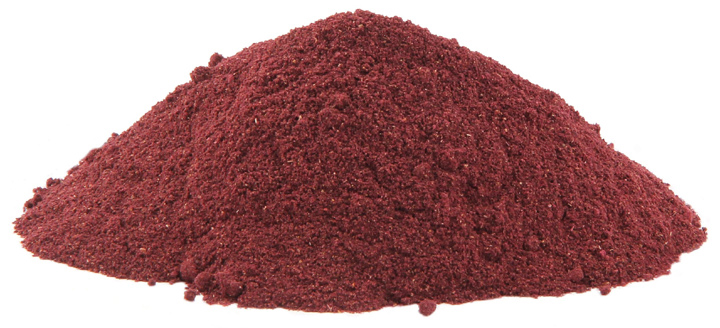





Reviews
There are no reviews yet.